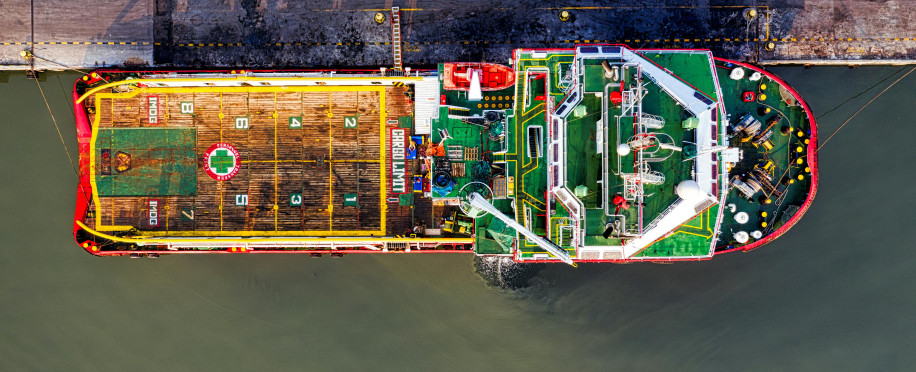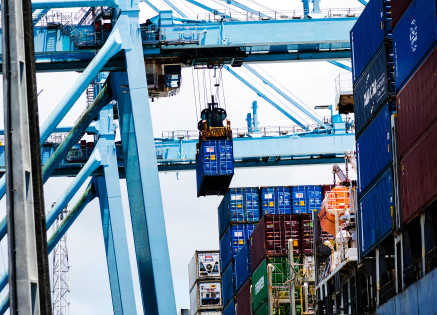Copyright © 2026 lmitac.com All Rights Reserved. Contact - Terms and Conditions - Privacy Policy - Quality Policy - Become an instructor - Vacancies - Sitemap
London Maritime Academy is a trade name for London Premier Groupversion: 2.9.0
London Maritime Academy is a trade name for London Premier Group

Posted on : 10/16/2024, 10:55:45 AM
Last Update : 10/16/2024, 10:55:45 AM
In the maritime shipping industry, the route tankers take to transport crude oil plays a vital role in determining operational costs and overall efficiency. Two primary routes dominate this field: the Suez Canal, which presents a significantly shorter passage between Europe and Asia, and the Cape of Good Hope, favoured for its safety and avoidance of canal tolls but comes with a longer voyage. This essay employs the 5 Basic Objections framework to present a balanced comparative analysis of the voyage costs associated with these two routes for crude oil tankers.
First and foremost, one must consider the cost of transit through these two routes. The Suez Canal imposes a substantial toll, varying based on the size and type of vessel, generally ranging from $30,000 to $450,000. In contrast, passing around the Cape of Good Hope incurs no direct toll costs, making it an attractive option for operators looking to cut initial expenses. However, this cost analysis becomes complex when factoring in the additional time and fuel required for the longer journey around the Cape, which can add $50,000 to $100,000 in extra fuel costs depending on current fuel prices and tanker efficiency.
The second objection revolves around voyage duration. The Suez Canal route significantly reduces transit time by approximately 7 to 10 days compared to the Cape route. For crude oil traders, time is often of the essence; quicker deliveries translate into more competitive pricing and can have significant implications for market dynamics, especially in periods of high volatility. Conversely, ships taking the Cape route must contend with unpredictable weather conditions and the potential for delays, which can exacerbate costs. Hence, while the up-front cost may be lower for the Cape route, the time implications and associated costs can tilt the balance in favour of Suez Canal usage for time-sensitive shipments.
The third consideration is related to operational and maintenance costs, which can often be overlooked in simple cost assessments. A longer route, such as the one around the Cape of Good Hope, demands more wear and tear on the vessel due to extended exposure to marine conditions. This could lead to increased maintenance and operational costs over time. Conversely, taking the shorter Suez route may result in lower overall maintenance, allowing tanker operators to maximize their fleet utilization. The balance of long-term operational expenses should therefore be a critical factor in deciding the best route for crude oil tankers.
The fourth objective addresses environmental and insurance costs that might be incurred on either route. Voyaging around the Cape might result in heightened exposure to piracy, particularly in the waters off the eastern coast of Africa, necessitating higher insurance premiums. Meanwhile, the Suez Canal, while offering a safer passage, has its environmental concerns, specifically about oil spill risks. Companies might hedge against these risks through higher insurance protections, impacting overall operational costs. Consequently, companies must evaluate safety premiums in conjunction with route choice, as these externalities can radically affect profitability.

The final consideration is the prevailing market conditions and resulting operational flexibility. In scenarios where geopolitical tensions may obstruct passage through the Suez Canal, the route around the Cape could serve as an alternative, even if it is costlier in terms of fuel and time. Moreover, market fluctuations can lead to oil prices changing significantly, impacting the cost-benefit analysis of either route. Thus, the choice cannot solely depend on static calculations of costs; instead, it should incorporate market dynamics and the ability to adapt to unexpected changes.
Ultimately, the determination of whether to navigate the Suez Canal or Cape of Good Hope requires a multifaceted analysis that goes beyond simply comparing toll costs. Each route presents its advantages and disadvantages, predominantly dictated by operational costs, voyage duration, vessel wear and tear, environmental factors, and current market conditions.
For crude oil tanker operators, making an informed decision encompasses understanding and balancing these elements, as well as choosing the route that aligns with their operational strategies and business goals. This decision-making process often parallels the insights gained from ship management courses in London, which emphasize strategic thinking and efficient route planning to optimize operations.